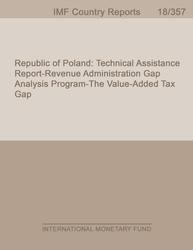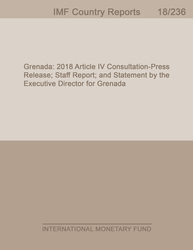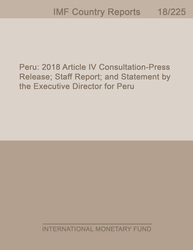
Republic of Poland
Technical Assistance Report-Revenue Administration Gap Analysis Program—The Value-Added Tax Gap
This report presents the results of applying the Revenue Administration Gap Analysis Program (RA-GAP) value-added tax (VAT) gap estimation methodology1 to Poland for the period 2010–16. The RA-GAP methodology employs a top-down approach for estimating the potential VAT base, using statistical data from national accounts on value-added generated in each sector. There are two main components to this methodology for estimating the VAT gap: 1) estimate the potential VAT collections for a given period; and 2) determine the accrued VAT collections for that period. The difference between the two values is the VAT gap. RA-GAP provides estimates of the two components of the tax gap: the compliance gap and the policy gap. The compliance gap is the difference between the potential VAT that could have been collected given the current policy framework and actual accrued VAT collections. The policy gap is the difference between the overall tax gap and the compliance gap. To put the level and trends of the compliance gap into context it is also necessary to analyze the level and trends of the overall tax gap and the policy gap.
Publication date: December 2018
ISBN: 9781484388938
$18.00
Add to Cart by clicking price of the language and format you'd like to purchase
Available Languages and Formats
| English |
Prices in red indicate formats that are not yet available but are forthcoming.
Topics covered in this book
This title contains information about the following subjects.
Click on a subject if you would like to see other titles with the same subjects.
ISCR , CR , vat , final consumption , non-taxable , Value-Added , compliance
Also of interest
Summary
Copyright © 2010 - 2025
Powered by:
AIDC



